Short weather windows and long working hours often mean contractors have to work in less-than-ideal conditions, while long draws on busy roads also pose problems.
Contractors need to ensure they have given their fleet of silage trailers the once-over.
Two key questions should be kept in mind – one, is it road legal? And two, is everything working as it should?
1 Coupling
Traditional towing eyes are a wearing component, and need to be inspected and replaced if badly worn. Any replacement welding should be carried out by a certified professional. Nowadays, more contractors are moving towards ball and spoon-type coupling when ordering new implements. They wear better and have less chance of decoupling. Hook and ring couplings are usually limited to 3t vertical loading while ball and spoon couplings allow for an extra 1t carrying capacity, bringing vertical load capacity to 4t. 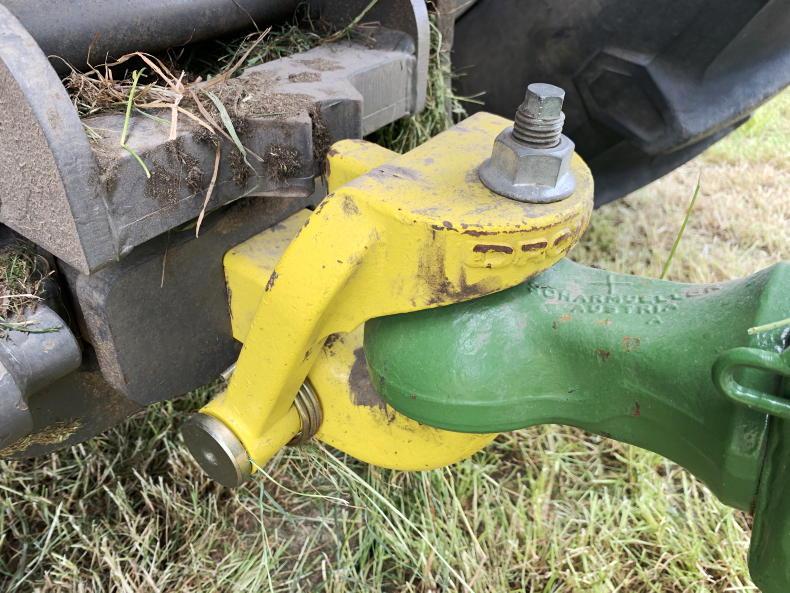
Nowadays, more contractors are moving towards ball and spoon type coupling when ordering new implements.
2 Running gear
Axles spend much of their time under load on bad roads. It’s important to grease them regularly and inspect for wear and damage. Check spring bushes and pins for wear. Badly worn components could fail, and/or cause a degree of axle self-steer when the brakes are applied.
Springs should be looked at for cracks, and the axle itself for stress fractures. Grease all bushings, hinges and rockers as required. Have a good look around the chassis and running gear for cracks or damage. Cracks, particularly in the chassis or tipping structure, should get an urgent repair.
Steering axles are common nowadays. It is vital that these are checked over and receive adequate lubrication on a regular basis. Passive steering systems should be tested to ensure they are locking in position for road travel. 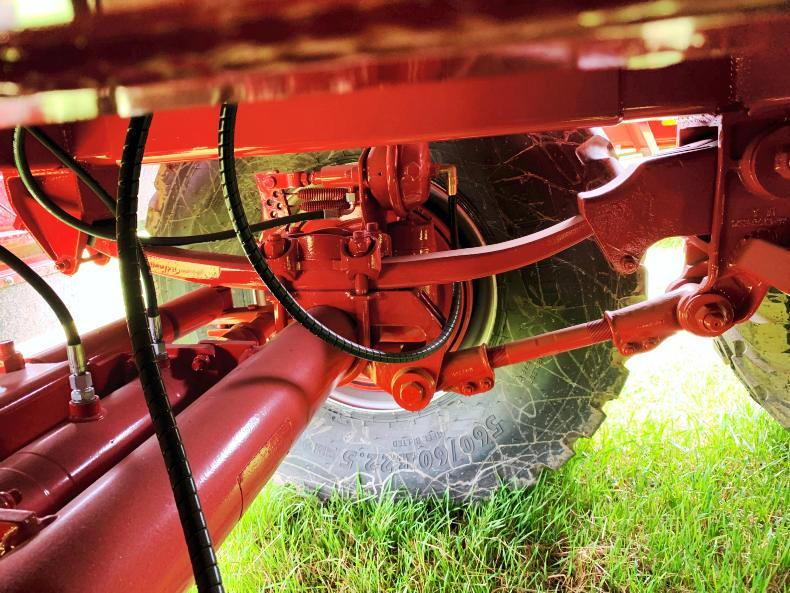
All running gear such as axles and springs should be checked for damage or wear.
3 Brakes
When taking a trailer out of the shed for the first time in months, it’s important to check brake function to make sure that the brakes come on and go off properly. Regardless of the system, all brakes should be in good working order.
Slack adjusters should be checked. Older manual-type ones should be adjusted accordingly if the braking effort has decreased. Braking rules differ depending on the speed of the tractor towing the trailer and the speed the trailer was designed to be towed at.
Contractors should take the time to familiarise themselves with RSA regulations. A trailer designed to be towed at 50km/h must be fitted with load-sensing air brakes, a breakaway system, a parking brake and an authorisation plate. Agricultural trailers manufactured before 1 January 2016 that are not designed to be drawn at a speed of more than 40km/h may be fitted with a second coupling device, such as a chain or wire rope. Any trailers that can be towed at speeds over 60km/h should be equipped with ABS. All trailers must be fitted with a parking brake.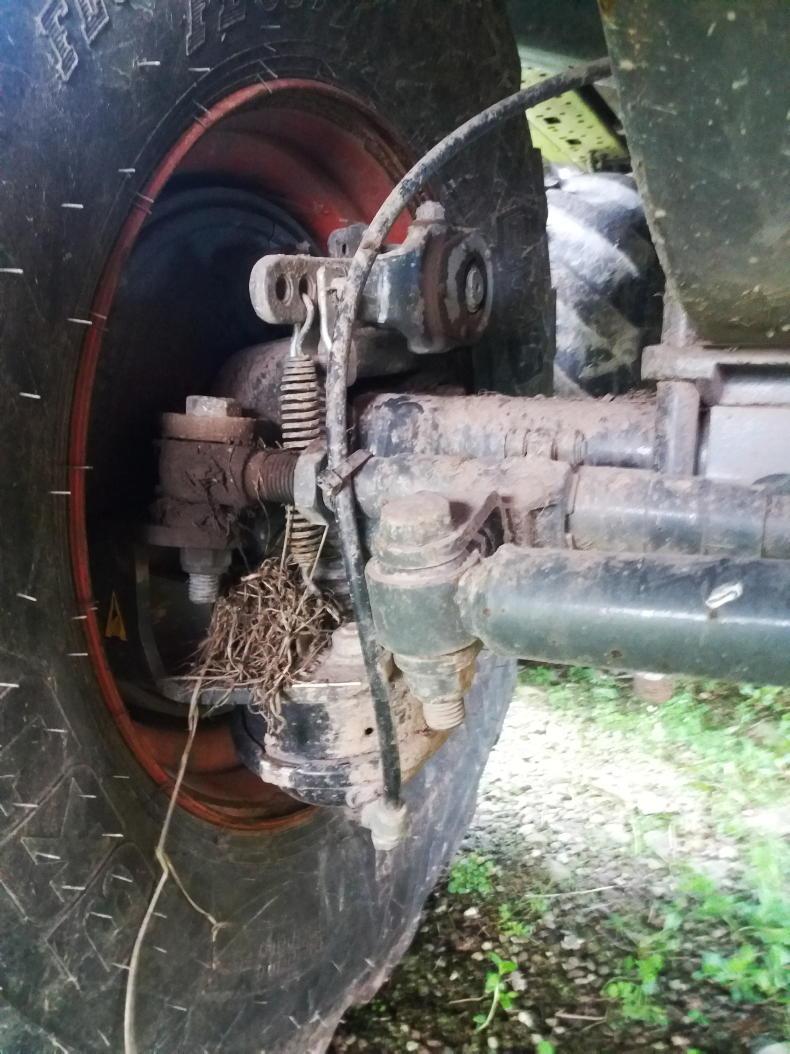
Correctly adjusted brakes are very important as tractors nowadays are travelling faster with larger loads.
4 Lights
Lighting systems in agricultural settings face a tough life and are susceptible to damage and failure. Obviously, all trailer lights and reflectors must be working and present. Tractor and trailer setups over a combined length of 10m must be fitted with amber side lights and reflective side markings, while if over 13m combined, should have a “long vehicle” marker on the rear.
Reflective markings should cover 80% of the trailer. On the rear, a red reflective strip across the width of the trailer is required. A speed plate should also be fitted to the rear of the trailer. Illuminated number plates are also a requirement. Once again, if in doubt contact the RSA for advice. 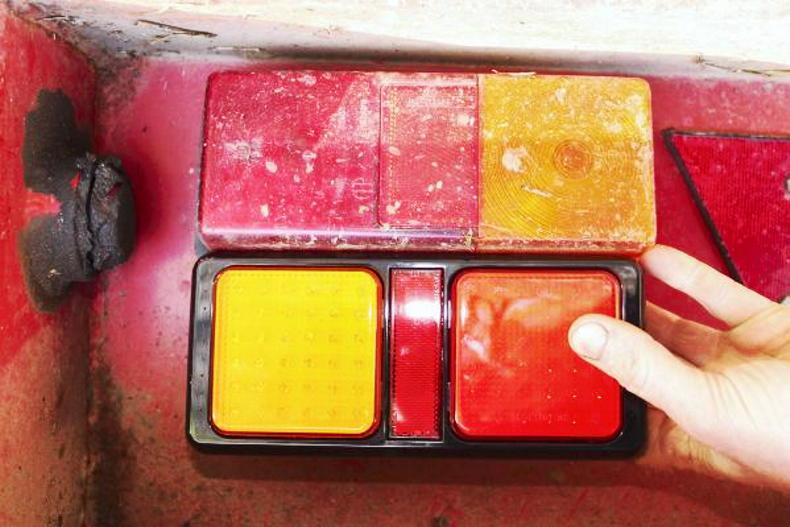
Obviously, all trailer lights and reflectors must be working and present.
5 Tyres
After wintering it out in the shed, you may find that tyre pressures on one or more wheels are below par. Low tyre pressure on a silage trailer with a high centre of gravity is dangerous. Different tyres run on different pressures, from commercial spec super-singles (which may operate on pressures as high as 100psi), to low ground pressure flotation tyres operating as low as 15psi.
It’s vital to check for signs of excessive wear, cuts or bulges that could lead to failure. Wheel nut tightness should also be checked regularly throughout the season. 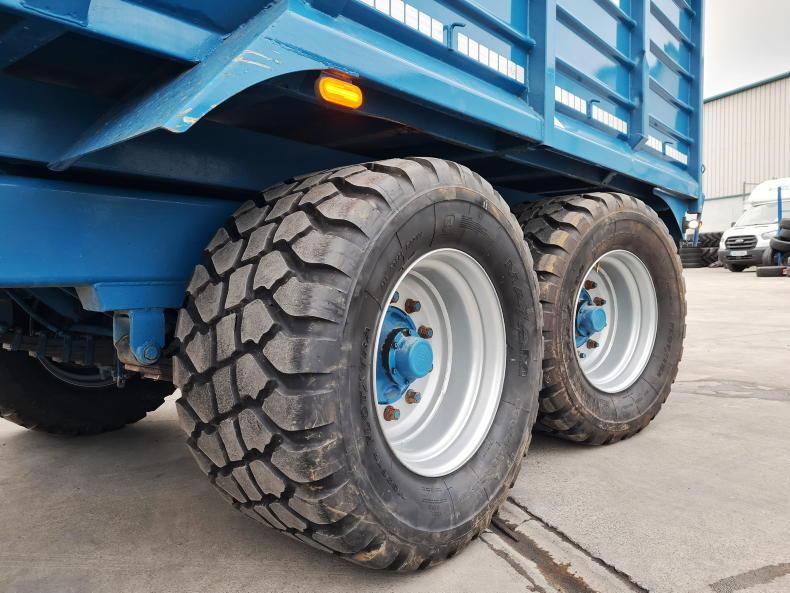
It’s vital to check tyres for signs of excessive wear, cuts or bulges that could lead to failure.
Short weather windows and long working hours often mean contractors have to work in less-than-ideal conditions, while long draws on busy roads also pose problems.
Contractors need to ensure they have given their fleet of silage trailers the once-over.
Two key questions should be kept in mind – one, is it road legal? And two, is everything working as it should?
1 Coupling
Traditional towing eyes are a wearing component, and need to be inspected and replaced if badly worn. Any replacement welding should be carried out by a certified professional. Nowadays, more contractors are moving towards ball and spoon-type coupling when ordering new implements. They wear better and have less chance of decoupling. Hook and ring couplings are usually limited to 3t vertical loading while ball and spoon couplings allow for an extra 1t carrying capacity, bringing vertical load capacity to 4t. 
Nowadays, more contractors are moving towards ball and spoon type coupling when ordering new implements.
2 Running gear
Axles spend much of their time under load on bad roads. It’s important to grease them regularly and inspect for wear and damage. Check spring bushes and pins for wear. Badly worn components could fail, and/or cause a degree of axle self-steer when the brakes are applied.
Springs should be looked at for cracks, and the axle itself for stress fractures. Grease all bushings, hinges and rockers as required. Have a good look around the chassis and running gear for cracks or damage. Cracks, particularly in the chassis or tipping structure, should get an urgent repair.
Steering axles are common nowadays. It is vital that these are checked over and receive adequate lubrication on a regular basis. Passive steering systems should be tested to ensure they are locking in position for road travel. 
All running gear such as axles and springs should be checked for damage or wear.
3 Brakes
When taking a trailer out of the shed for the first time in months, it’s important to check brake function to make sure that the brakes come on and go off properly. Regardless of the system, all brakes should be in good working order.
Slack adjusters should be checked. Older manual-type ones should be adjusted accordingly if the braking effort has decreased. Braking rules differ depending on the speed of the tractor towing the trailer and the speed the trailer was designed to be towed at.
Contractors should take the time to familiarise themselves with RSA regulations. A trailer designed to be towed at 50km/h must be fitted with load-sensing air brakes, a breakaway system, a parking brake and an authorisation plate. Agricultural trailers manufactured before 1 January 2016 that are not designed to be drawn at a speed of more than 40km/h may be fitted with a second coupling device, such as a chain or wire rope. Any trailers that can be towed at speeds over 60km/h should be equipped with ABS. All trailers must be fitted with a parking brake.
Correctly adjusted brakes are very important as tractors nowadays are travelling faster with larger loads.
4 Lights
Lighting systems in agricultural settings face a tough life and are susceptible to damage and failure. Obviously, all trailer lights and reflectors must be working and present. Tractor and trailer setups over a combined length of 10m must be fitted with amber side lights and reflective side markings, while if over 13m combined, should have a “long vehicle” marker on the rear.
Reflective markings should cover 80% of the trailer. On the rear, a red reflective strip across the width of the trailer is required. A speed plate should also be fitted to the rear of the trailer. Illuminated number plates are also a requirement. Once again, if in doubt contact the RSA for advice. 
Obviously, all trailer lights and reflectors must be working and present.
5 Tyres
After wintering it out in the shed, you may find that tyre pressures on one or more wheels are below par. Low tyre pressure on a silage trailer with a high centre of gravity is dangerous. Different tyres run on different pressures, from commercial spec super-singles (which may operate on pressures as high as 100psi), to low ground pressure flotation tyres operating as low as 15psi.
It’s vital to check for signs of excessive wear, cuts or bulges that could lead to failure. Wheel nut tightness should also be checked regularly throughout the season. 
It’s vital to check tyres for signs of excessive wear, cuts or bulges that could lead to failure.











 This is a subscriber-only article
This is a subscriber-only article










SHARING OPTIONS: